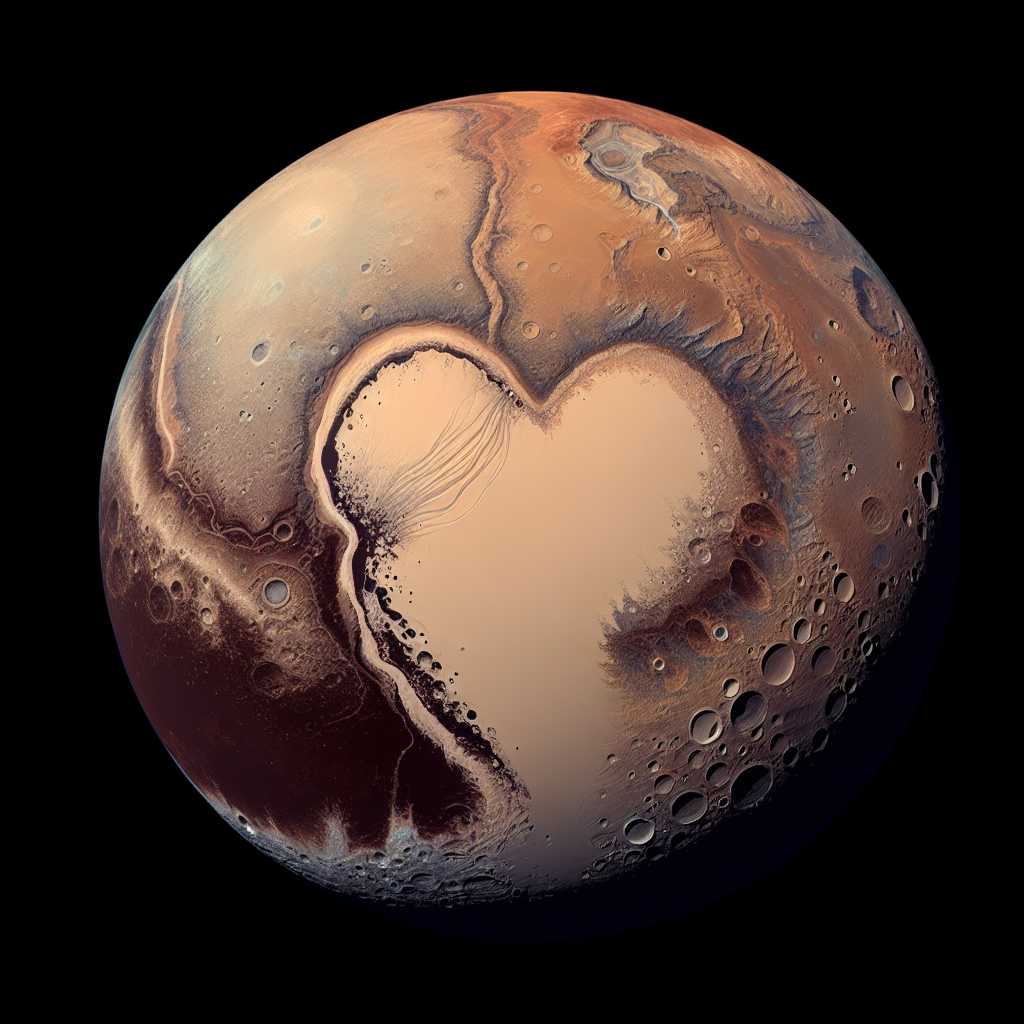The Ongoing Fascination with Pluto: Exploring the Former Planet’s Mysteries and Status
Since its discovery in 1930, Pluto has captivated astronomers and the public alike, not only for its distant and icy nature but also for the scientific debate it spurred concerning the definition of a planet. From being the ninth planet in our solar system to its reclassification as a dwarf planet in 2006, Pluto’s journey through astronomical classification has added complexity and insight into our understanding of celestial bodies.
Discovery and Initial Classification of Pluto
Pluto was discovered on February 18, 1930, by Clyde Tombaugh at the Lowell Observatory in Arizona. Its discovery was the result of a systematic search to find a ninth planet – what was then termed “Planet X” – that was believed to cause perturbations in Neptune’s orbit. Pluto’s discovery was initially accepted with excitement and it was quickly named the ninth planet of the solar system.
The Icy World Explored: Topographical and Atmospheric Characteristics of Pluto
Despite being one of the most distant objects in the solar system, various missions, particularly NASA’s New Horizons spacecraft, which flew by Pluto in July 2015, have provided us with invaluable information about this icy world. New Horizons captured detailed images of Pluto’s surface, uncovering mountains, valleys, plains, and craters.
One of the most striking features discovered on Pluto is Sputnik Planitia, a large basin covered in nitrogen ice. This heart-shaped feature highlighted Pluto’s dynamic surface processes, including geological shifts that are rarely observed on icy planets or moons. Frozen volatiles such as nitrogen, methane, and carbon monoxide coat its surface and contribute to the dwarf planet’s changing landscapes.
The composition of Pluto’s thin atmosphere also intrigued scientists; it is primarily nitrogen, with traces of methane and carbon monoxide. This atmosphere undergoes significant changes as Pluto moves closer to or further away from the Sun along its highly elliptical orbit.
The Controversy Around Planetary Status: The Demotion to Dwarf Planet
Pluto’s planetary status came under scrutiny as similar-sized objects were discovered in the Kuiper Belt, where Pluto resides. Eris, discovered in 2005, precipitated the debate due to its mass rivaling that of Pluto. This led to the International Astronomical Union’s (IAU) decision on August 24, 2006, to redefine what it means to be a planet. Three criteria were set: an object must orbit the sun, be spherical due to its own gravity, and have cleared its orbital path. Pluto met only the first two.
With the new definition in place, Pluto was classified as a “dwarf planet,” demoting it from its planetary status and making it one of several recognized larger bodies within the Kuiper Belt region. This reclassification spurred both public and academic discussion regarding the characteristics that ought to define a planet.
The Implications of Dwarf Planet Status on Scientific Research
Pluto’s demotion has shed light on numerous celestial phenomena we didn’t fully understand prior. Research attention has turned towards understanding Kuiper Belt Objects (KBOs), which are now understood to be more prevalent than initially thought and vary greatly in composition and behavior.
In reassessing Pluto’s status as a dwarf planet, researchers recognized that our solar system features more diversity than classic planetary models have accounted for. Dwarf planets are now being studied closely for insights into planetary formation processes and the potential they may have for harboring conditions amenable to life.
A Revived Debate – Is It Time To Reclassify Pluto?
Despite the IAU’s clear stance on what defines a planet, public affection for Pluto as well as scientific criticism regarding the definition has kept the debate alive regarding whether it should regain its planetary title. Many scientists push for broader definitions that take into account geological phenomena rather than dynamic dominance (as is required by the third criteria set by IAU), while others have challenged aspects like orbital clearance on a conceptual level.
Notes
Image description: A high-resolution image capturing Pluto’s diverse terrain with its striking heart-shaped feature – Sputnik Planitia – stood out amidst rugged mountains and smooth plains. The hues range from dark brown shades representing older terrains to lighter sections highlighting newer geological features.
